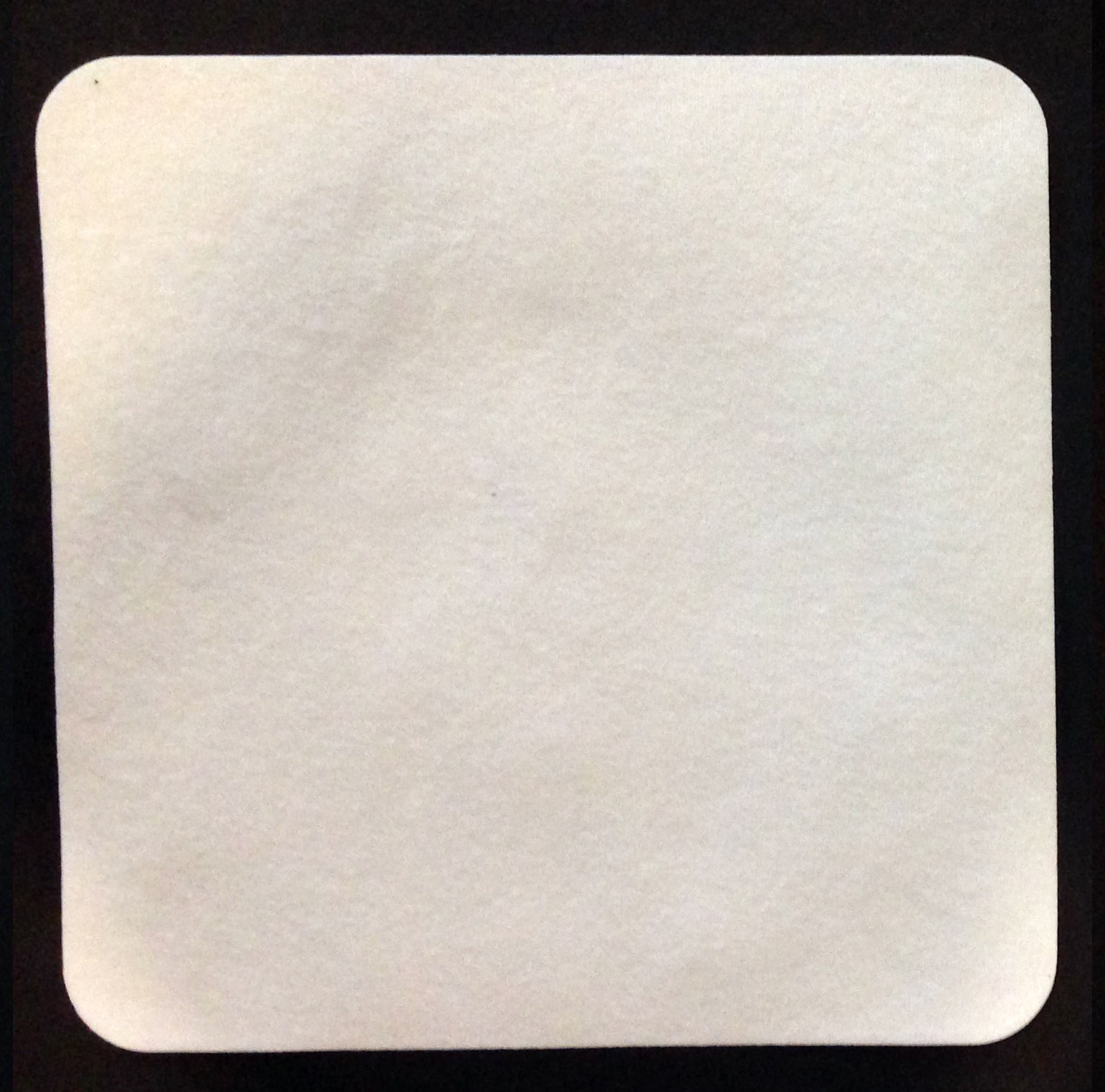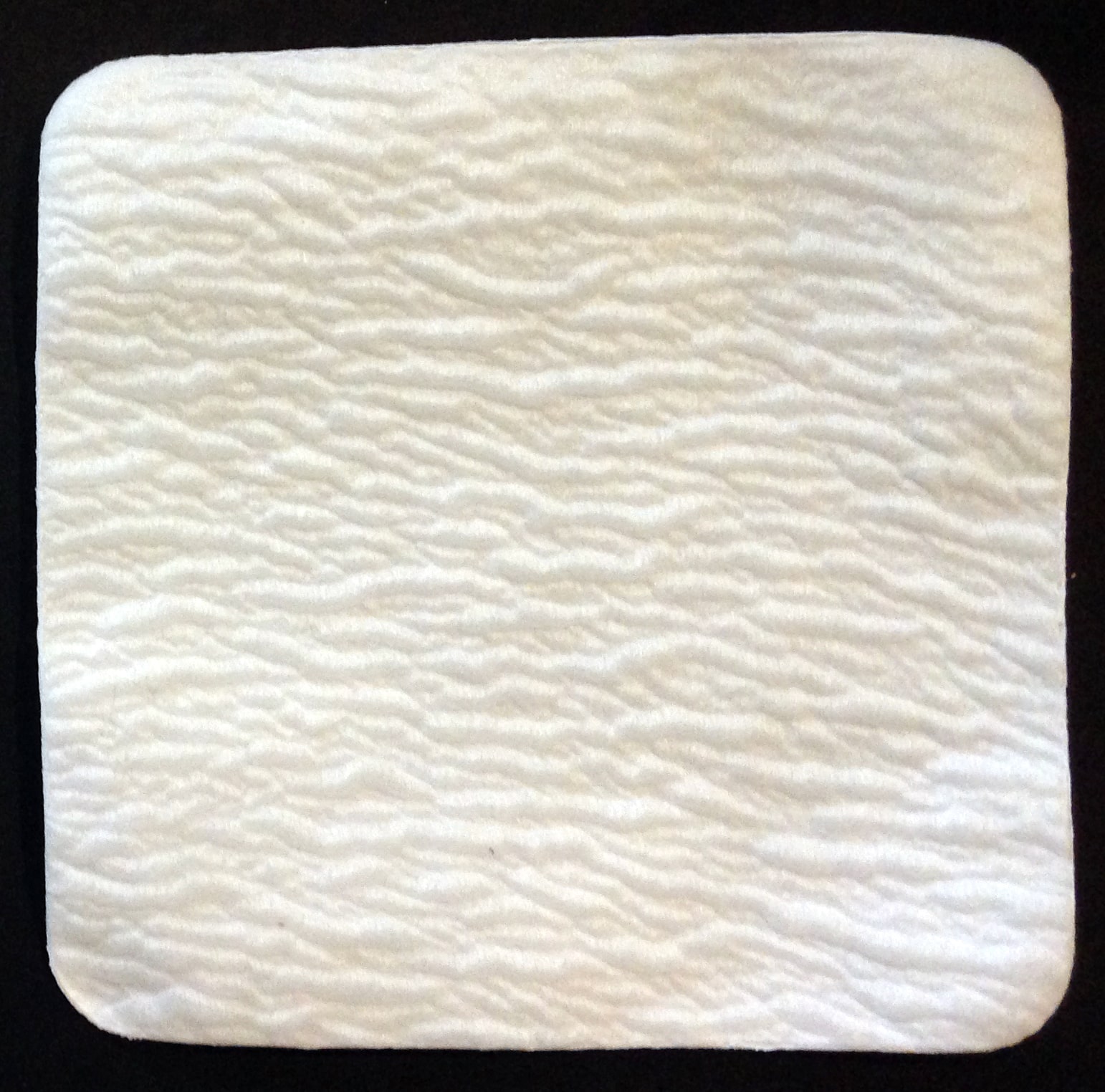Transhield Covers & Shrink Applications: FAQ & Technical Specs
Materials/Accessories
If you’re using a Transhield cover made from the Shrinkable Fabric®, you may have questions about its shrinking performance. Below, we answer some of the most frequently asked questions about Transhield covers shrink application, including temperature requirements, best heat sources, re-shrinking options, and more.

What Temperature Does Transhield’s Fabric Begin to Shrink?
Transhield’s shrinkable fabric begins to shrink at around 160°F (71°C); and starts to melt at about 230°F (110°C). The shrink application takes place between this temperature window. Achieving a proper, secure shrink requires a much hotter, concentrated heat source. We recommend using a propane-powered shrink tool, which can have flame temperatures reaching up to 3,560°F. A hotter heat source ensures faster heat transfer, allowing the material to shrink quickly, allowing faster output rates.
Does the Thickness of Transhield’s Shrinkable Fabric (7-10 mil) Affect Shrink-ability?
Yes. The thinner the fabric, the less heat is needed to shrink the cover, which can slightly speed up the shrinking process. However, since a propane-powered heat tool produces extremely high heat, the difference is minimal. When working with thinner fabric, it may require faster movement to avoid overheating in any single area.
How Does Heat Transfer Through Transhield’s Material?
Transhield has a 3-layer composition; when heat is applied, the inner fabric material acts as a heat shield, preventing high temperatures from reaching the product underneath the cover.
This is a key advantage over regular shrink films, which vary in heat resistance and could allow excessive heat transfer, potentially damaging the surface of the product being protected.

Can I Reheat and Re-shrink a Transhield Cover if the Cover Needs to be Removed?
Yes! Transhield covers can be re-shrunk multiple times after the initial heat-shrinking operation. This will help create a tight fit around the items.
For more details on Transhield’s reusability, check out this blog post: Are Transhield Boat Covers Reusable?
Transhield Shrinkable Fabric vs. Industrial Shrink Wrap
At first glance, shrinking a Transhield cover looks like shrinking standard shrink wrap—both conform tightly to the shape of the object underneath.
However, Transhield’s 3-layer fabric provides added benefits:
- Internal Padding: When shrunk, Transhield’s nonwoven inner layer releases and creates protective space, creating extra padding between the cover and the protected surface.


- Enhanced Protection: Covers infused with Vapor Corrosion Inhibitors (VCIs) activate faster when heat is applied, offering superior corrosion prevention.
Can I Use a “Hot Air” Heat Gun Instead of a Propane-Powered Heat Tool for Shrink Wrapping?
Most standard corded or battery-powered heat guns create lower amounts of heat. They may be used to shrink a Transhield cover, but it takes much longer to achieve the same results, lowering production output rates.
Additionally, propane-powered shrink tools offer:
- Higher Heat Output – Essential for proper shrinkage.
- Better Heat Distribution – Covers a wider surface area, reducing the risk of uneven shrinkage.
For best results, Transhield recommends using a propane-powered shrink tool for Transhield covers. Check out our guide on how to use a heat tool for shrink wrapping: How to Use a Propane-Powered Heat Tool for Heat Shrinking.
Will Transhield Material Shrink in the Sun or at High Temperatures?
While prolonged exposure to direct sunlight can cause some heat buildup, it does not generate enough consistent heat to fully shrink the cover
Key Takeaways:
- Transhield’s Marine White color is engineered to reflect sunlight, helping keep the protected object underneath cooler.
- Even in extreme conditions (like Death Valley in summer), heat alone won’t achieve full shrinkage—it requires concentrated, controlled application from a propane-powered shrink tool.
For a proper shrink, always use the right tools and provide an even heat distribution throughout the cover.
Final Thoughts
Shrinking a Transhield cover correctly is key to maximizing its durability and protective benefits. Whether you’re covering boats, HVAC equipment, or industrial machinery, using the right heat source and following best practices will ensure long-lasting protection.
Need more guidance on protecting your equipment? Contact us today for expert advice or to find the right Transhield cover for your needs!


